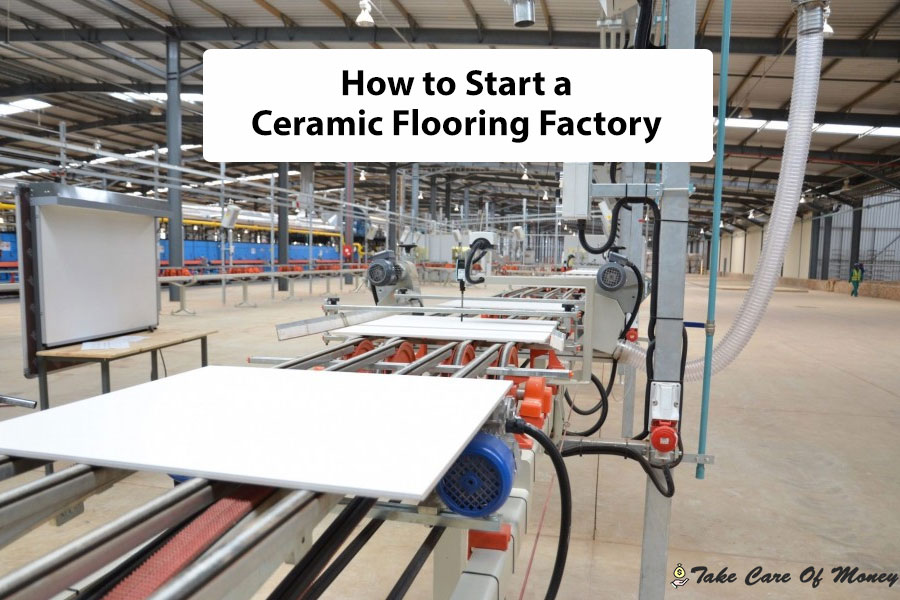Table of Contents
The tile floors or ceramic floors are made of ceramic flat materials with varying measures, and various designs, colors and textures. They are widely used as decoration, as they are used to make the coating or the renovation of a particular area (floor).
Ceramic floors are increasingly present in people’s lives, then, just take a look at the millions of homes and shopping centers that use them, becoming a good business niche in which to invest. Thinking about it, in this article we will show you some tips on how to set up a ceramic floor factory, and be successful, take note!
Ceramic floors market
The manufacture of ceramic floors has always existed, but in recent years, due to the great advance of civil construction, the demand has been increasing in an exceptional way. That is why, to cope with it, the ceramic flooring industry is modernizing and today, there are already many brands of companies that produce the material in different sizes and styles. However, this should not discourage you as a future entrepreneur in this sector, because with creativity and effort you can still enter this market, as customers are always looking for new trends.
Customers of a ceramic flooring factory
The clients of this type of business are basically construction companies, governments, and building materials stores that resell ceramic floors.
Local and structure to set up a ceramic flooring factory
Ideally, the factory is close to raw material suppliers and customers, so that in this way, there are not too high expenses with respect to transport and logistics. On the other hand, if it were to set up shops for the factory, the ideal would be for it to be positioned in places where the shops and malls specialized in construction and decoration are located.
As for the size of the physical structure of the factory, it will totally depend on the capital you have to invest. However, regardless of whether the plant is small or large, there is a basic structure that must be followed: there must be a space for production (where the kilns and machinery will go), a space for the inventory of ceramic floors, and another for the administrative area.
Employees in a ceramic flooring factory
Like any other type of business, the number of staff varies depending on the size of the business.
Raw materials in a ceramic flooring factory
The raw materials that are part of the formation of the mass are the following: clays, feldspars, sands, carbonates and kaolins.
Production process of a ceramic flooring factory
To begin the production of ceramic floors, all machinery must be installed correctly. Once we have the machine ready for operation, we will carry out the following 5 production stages:
- Preparation of raw materials.
- Shaping and raw drying of the product.
- Firing or firings, with or without enameling.
- Additional treatments.
- Sorting and packing.
Disclosure of a ceramic flooring factory
The factory must be publicized through an advertising plan that aims to reach its target audience.
The first step is to have meetings with potential clients, such as construction companies or stores that sell construction materials, for example. Bring examples and photos of your products, and as you are just starting out, be open to negotiations even if they are not so profitable.
You should also make a web page with all the information about the production, the product, the location, the prices, and the mission and vision of the company.
